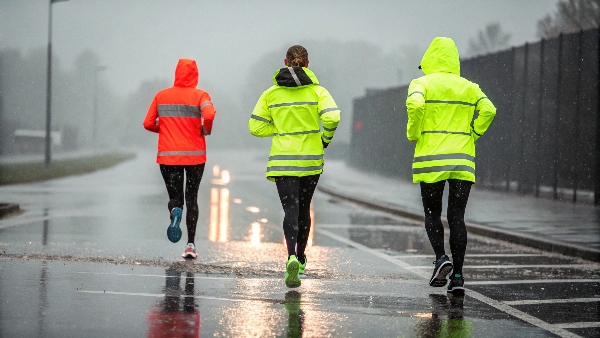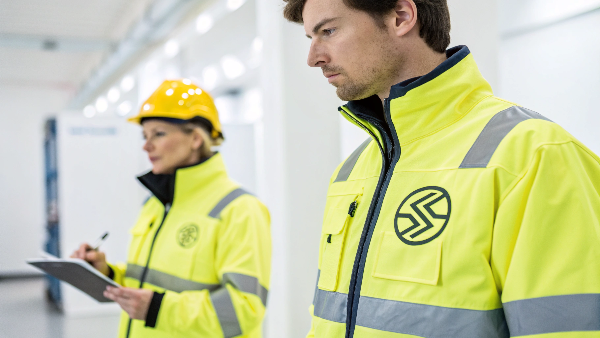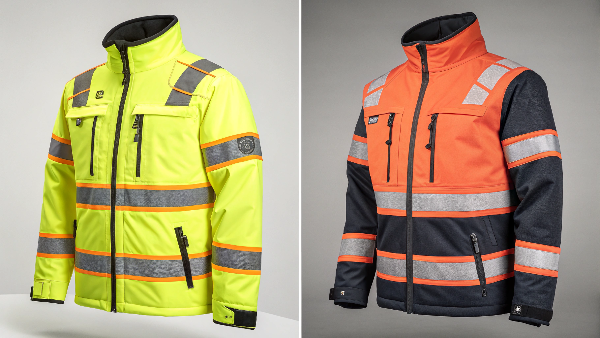In the fast-paced world of industrial safety, one of the biggest problems that companies have is making sure their workers are visible in dangerous environments. Picture this: you’re the production manager of a big construction company, and one of your workers gets hurt because a vehicle operator didn’t see them in low-light conditions. This is a nightmare scenario that can cost you a lot of money and, more importantly, cause human suffering. The reason this happens is because you don’t have the right high visibility clothing. But don’t worry, I have the solution that will help you solve this problem—understanding the three classes of high visibility clothing and how to choose the right one for your specific needs.
In the world of industrial safety, understanding the different classes of high visibility clothing is essential to keep your workers safe. By knowing the specific requirements and applications of Class 1, Class 2, and Class 3 garments, you can make informed purchasing decisions that align with your company’s safety standards and operational needs. High visibility clothing isn’t just a regulatory requirement; it’s a critical component of workplace safety that can prevent accidents, save lives, and improve overall productivity.

The 3 Classes of High Visibility Clothing
Class 1 High Visibility Clothing
Class 1 garments provide the minimum level of visibility and are suitable for workers who face minimal exposure to vehicular traffic or equipment. These garments offer basic background body coverage and include items like safety vests, bibs, and shirts. Class 1 is intended for off-road use in low-risk environments such as parking lots, sidewalks, and warehouses. For example, parking attendants, warehouse staff, and cart retrievers often use Class 1 safety vests as they are generally separated from vehicle traffic and operate in controlled environments.
Key Features of Class 1:
❥Minimum of 155 square inches of reflective material
❥Ideal for environments where vehicle speeds do not exceed 25 mph
❥Suitable for low-risk tasks in controlled environments

Class 2 High Visibility Clothing
Class 2 garments are designed for workers who frequently encounter vehicular traffic or equipment. In addition to background body coverage, Class 2 garments incorporate reflective material that increases visibility in low-light conditions. Examples include reflective safety vests, bibs, shirts, and jackets. Class 2 is the minimum requirement for workers exposed to roadway environments. Workers such as school crossing guards, toll operators, and airport ground crew often wear Class 2 safety apparel to ensure they are visible in more complex and potentially hazardous environments.
Key Features of Class 2:
❥Minimum of 201 square inches of reflective material
❥Minimum of 775 square inches of fluorescent background material
❥Suitable for environments where traffic speeds do not exceed 50 mph
❥Enhanced visibility in inclement weather and complex backgrounds
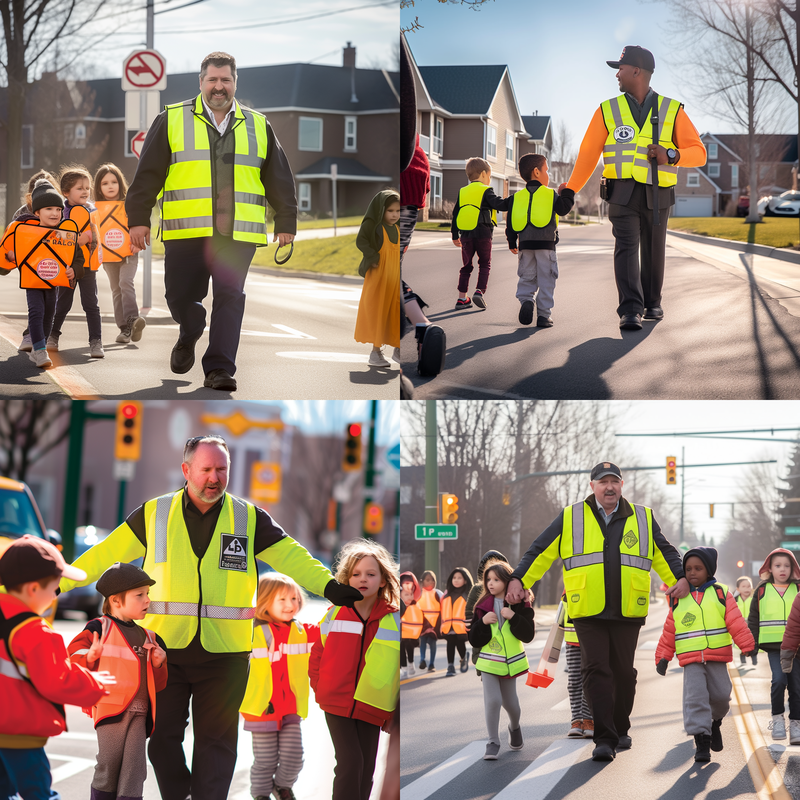
Class 3 High Visibility Clothing
Class 3 garments offer the highest level of visibility and are intended for workers who constantly face exposure to vehicular traffic and equipment in complex environments. These garments feature background body coverage, reflective material, and bright fluorescent colors for enhanced visibility in both daylight and low-light conditions. Examples are safety vests, bibs, shirts, jackets, and rainwear. Class 3 is required for high-risk positions like highway construction, emergency responders, and flaggers.
Key Features of Class 3:
❥Minimum of 310 square inches of reflective material
❥Designed for high-risk environments with high task loads near vehicles and equipment
❥Suitable for environments where traffic speeds exceed 50 mph
❥Enhanced visibility in both daylight and low-light conditions
❥Transition Paragraph: Keeping the Reader Engaged
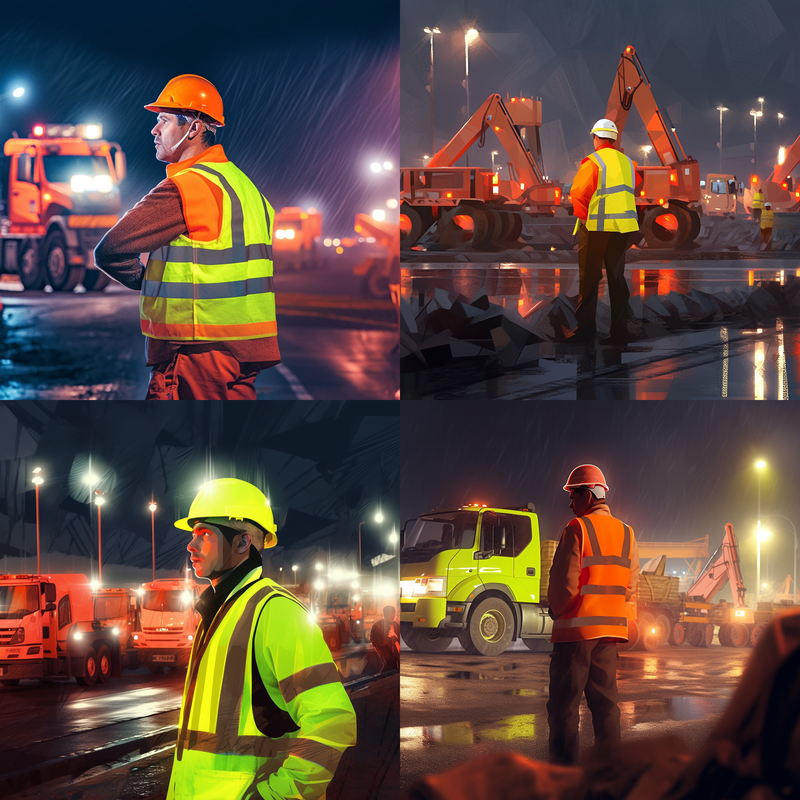
Understanding the different classes of high visibility clothing is crucial for making informed purchasing decisions. But knowing the classes is just the beginning. To ensure the safety of your workers and compliance with safety standards, you need to understand the specifics of each class, their applications, and the standards that govern them. Let’s dive into these details to give you a complete understanding of high visibility clothing.
What are the Levels of High Visibility Clothing?
High visibility clothing is divided into three main classes or levels, as defined by the American National Standards Institute (ANSI) and Canadian Standards Association (CSA) standards. These classes are designed to provide varying degrees of visibility depending on the work environment and the associated risks.
Class 1 Safety Vests
Class 1 safety vests are designed for workers who are separated from vehicle traffic and where vehicle speeds do not exceed 25 mph. These vests provide the minimum level of visibility, making them suitable for low-risk environments. The primary focus of Class 1 safety vests is to provide basic visibility to workers in controlled settings.
Key Specifications:
❥Minimum of 155 square inches of reflective material
❥Suitable for parking attendants, warehouse workers, and cart retrievers
❥Ideal for controlled environments with low traffic speeds and minimal exposure to moving vehicles
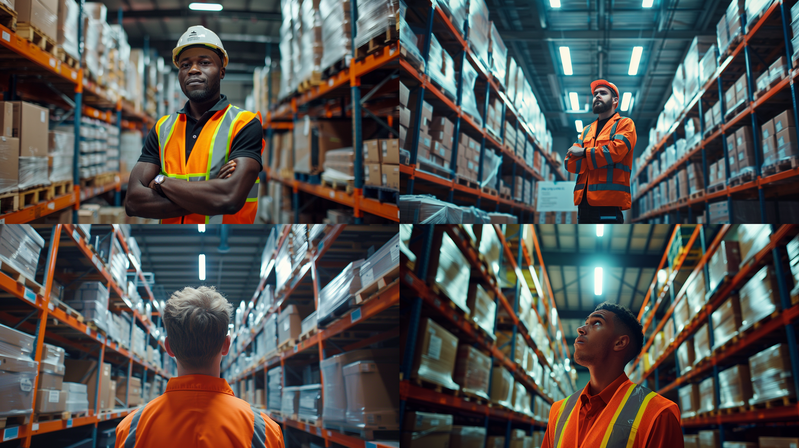
Class 2 Safety Vests
Class 2 safety vests are designed for workers who require intermediate levels of visibility in low-light or complex backgrounds. These vests provide greater visibility than Class 1 and are suitable for environments where traffic speeds do not exceed 50 mph. Class 2 safety vests are commonly used by workers who are more exposed to vehicular traffic and need to be easily seen.
Key Specifications:
❥Minimum of 201 square inches of reflective material
❥Minimum of 775 square inches of fluorescent background material
❥Suitable for school crossing guards, toll operators, airport ground crew, and construction workers
❥Ideal for environments with moderate traffic speeds and higher exposure to moving vehicles

Class 3 Safety Vests
Class 3 safety vests offer the highest level of visibility and are designed for workers who face serious hazards with high task loads near vehicles and equipment. These vests provide maximum visibility and are suitable for environments where traffic speeds exceed 50 mph. Class 3 safety vests are essential for workers in high-risk positions who need to be visible from a distance and in various lighting conditions.
Key Specifications:
❥Minimum of 310 square inches of reflective material
❥Suitable for emergency responders, road construction workers, utility workers, and tow truck operators
❥Ideal for high traffic speeds and significant exposure to moving vehicles and equipment
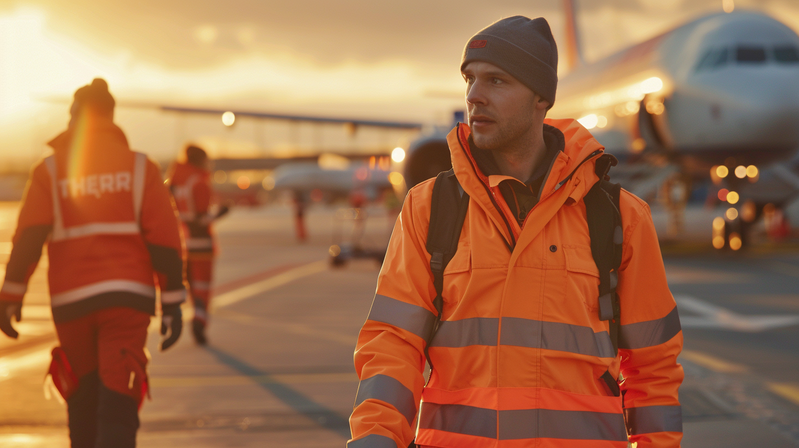
What is Class 2 High Visibility Clothing?
Class 2 high visibility clothing, also known as Class 2 safety vests or Class 2 safety apparel, is designed for workers who require intermediate levels of visibility in low-light or complex backgrounds. These garments are intended for environments where traffic speeds do not exceed 50 miles per hour, making them suitable for a wide range of applications.
Key Features of Class 2 High Visibility Clothing:
❥Enhanced Visibility: Class 2 garments incorporate reflective material and fluorescent background material to ensure workers are visible in various lighting conditions.
❥Intermediate Protection: These garments provide greater visibility than Class 1 but are not as comprehensive as Class 3, making them suitable for moderate-risk environments.
❥Versatility: Class 2 high visibility clothing is commonly used by school crossing guards, toll operators, airport ground crew, construction workers, and other professionals who need to be easily seen in their work environment.
What’s the Difference Between Class 1, 2, and 3 Safety Vests?
The main differences between Class 1, 2, and 3 safety vests are the amount of reflective material, the intensity of the background fabric color, and the work environment. Each class is designed to provide a specific level of visibility based on the associated risks and hazards.
Class 1 Safety Vests
Class 1 safety vests provide the minimum level of visibility and are suitable for low-risk environments where vehicle speeds do not exceed 25 mph. These vests are designed for workers who are separated from vehicle traffic and need basic visibility.
Key Specifications:
❥Minimum of 155 square inches of reflective material
❥Suitable for parking attendants, warehouse workers, and cart retrievers
❥Ideal for controlled environments with low traffic speeds
Class 2 Safety Vests
Class 2 safety vests are designed for workers who require intermediate levels of visibility and operate in environments where traffic speeds do not exceed 50 mph. These vests provide greater visibility than Class 1 and are suitable for more complex and potentially hazardous environments.
Key Specifications:
❥Minimum of 201 square inches of reflective material
❥Minimum of 775 square inches of fluorescent background material
❥Suitable for school crossing guards, toll operators, airport ground crew, and construction workers
❥Ideal for environments with moderate traffic speeds and higher exposure to moving vehicles
Class 3 Safety Vests
Class 3 safety vests offer the highest level of visibility and are designed for workers who face serious hazards with high task loads near vehicles and equipment. These vests provide maximum visibility and are suitable for environments where traffic speeds exceed 50 mph.
Key Specifications:
❥Minimum of 310 square inches of reflective material
❥Suitable for emergency responders, road construction workers, utility workers, and tow truck operators
❥Ideal for high traffic speeds and significant exposure to moving vehicles and equipment
❥The higher the class, the more reflective material and higher visibility background is required, making the vest more suitable for higher-risk work environments with greater exposure to moving vehicles and equipment.
What are the Three Facets of High Visibility Apparel?
High visibility apparel is designed to enhance the visibility of workers in various environments, ensuring their safety and reducing the risk of accidents. The three main facets or components of high visibility apparel are:
Bright Fluorescent Background Material
The bright fluorescent background material provides daytime visibility and conspicuity. Common colors used are fluorescent yellow-green, orange-red, and red. These colors are highly visible in daylight and help workers stand out in their surroundings.
Key Features:
❥Daytime Visibility: The bright fluorescent colors ensure workers are easily seen during the day.
❥Conspicuity: The colors help workers stand out in their environment, reducing the risk of accidents.
Retroreflective Material
The retroreflective material provides nighttime visibility by reflecting light back towards its source, such as vehicle headlights. Retroreflective tape or striping is arranged in specific patterns, like an X on the back, to enhance visibility in low-light conditions.
Key Features:
❥Nighttime Visibility: The retroreflective material ensures workers are visible in low-light conditions, such as during the night.
❥Reflective Patterns: The specific patterns of retroreflective tape or striping enhance visibility and make it easier for workers to be seen.
Specific Design Requirements
The amount and placement of the fluorescent and retroreflective materials are specified for different classes/types of high visibility apparel based on the work environment and hazard exposure. Higher classes require more coverage area, ensuring workers are visible from a distance and in various lighting conditions.
Key Features:
❥Coverage Area: Higher classes of high visibility apparel require more coverage area to ensure maximum visibility.
❥Work Environment: The design requirements are based on the specific work environment and the associated risks, ensuring ❥workers have the appropriate level of visibility for their tasks.
Conclusion
For B2B buyers, ensuring the quality, certification, and timely delivery of high visibility clothing is essential. At High Visibility Clothing, we understand these needs and are committed to providing top-quality, customizable high visibility clothing with quick delivery times and ODM services. Whether you are sourcing for a construction company, airport ground crew, or emergency responders, our range of high visibility apparel is designed to meet your specific requirements and ensure the safety of your workforce.
Visit our website at vissafetywear.com or contact us at ivy@visafety

